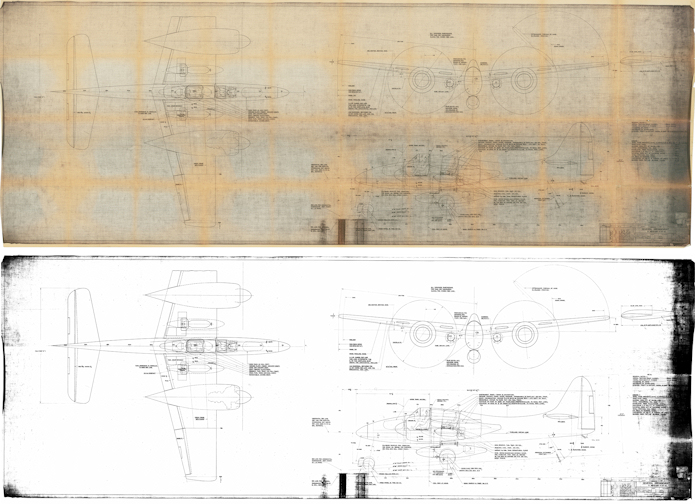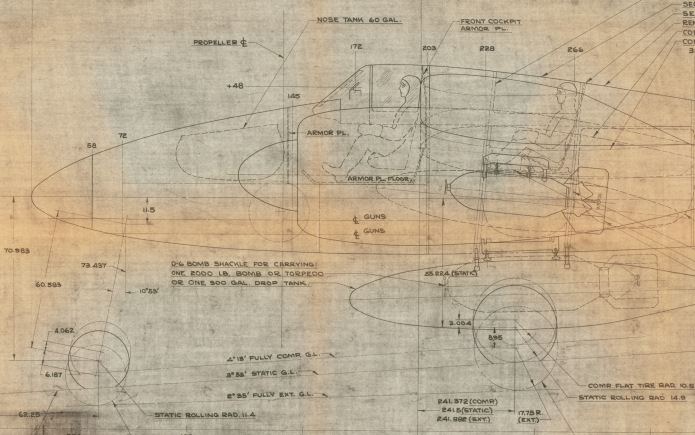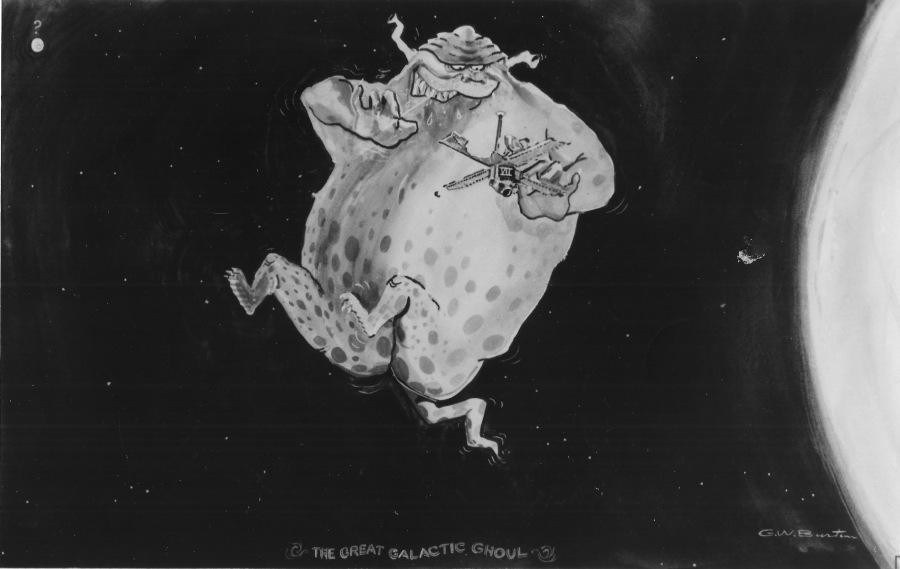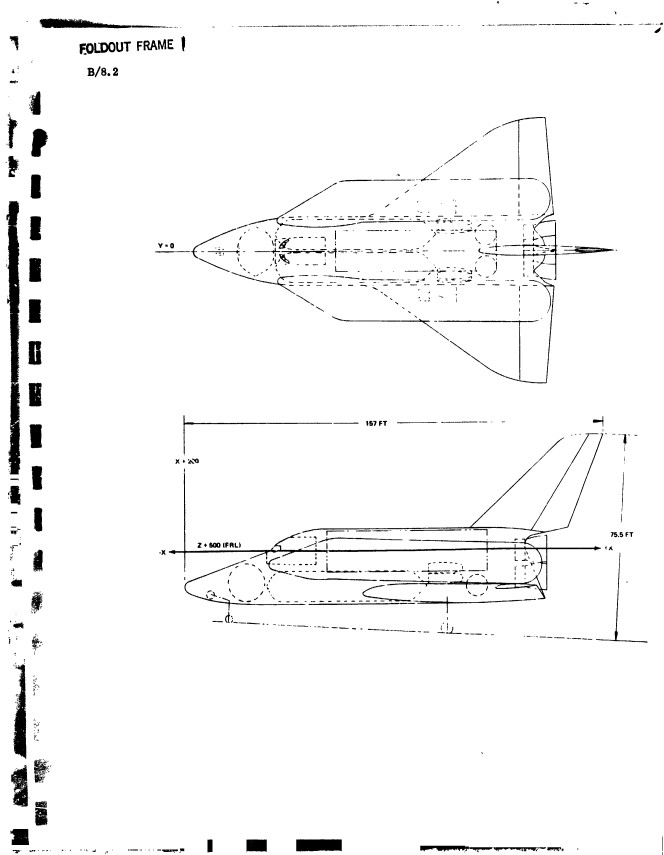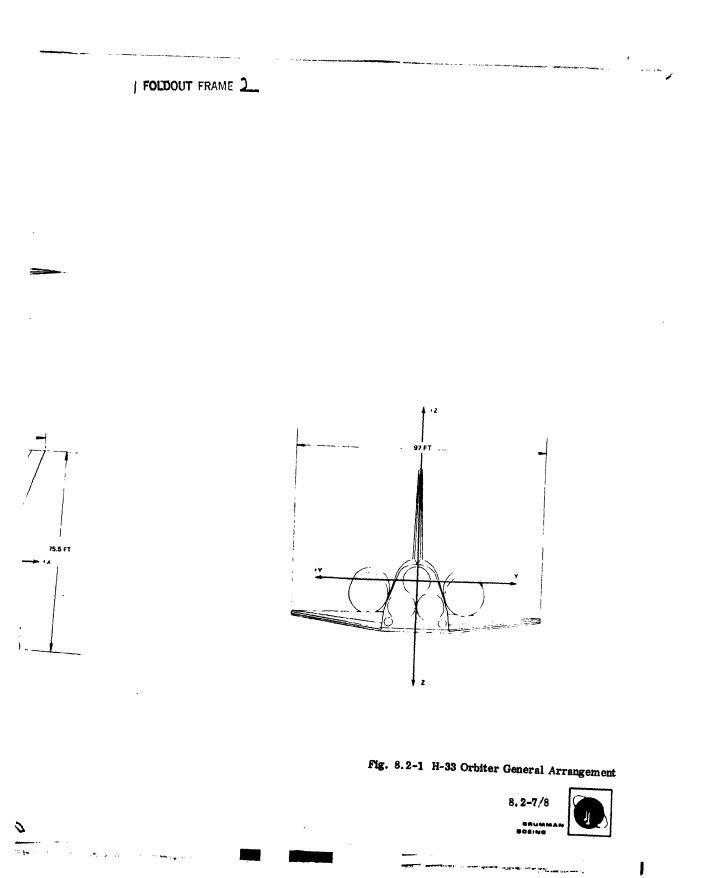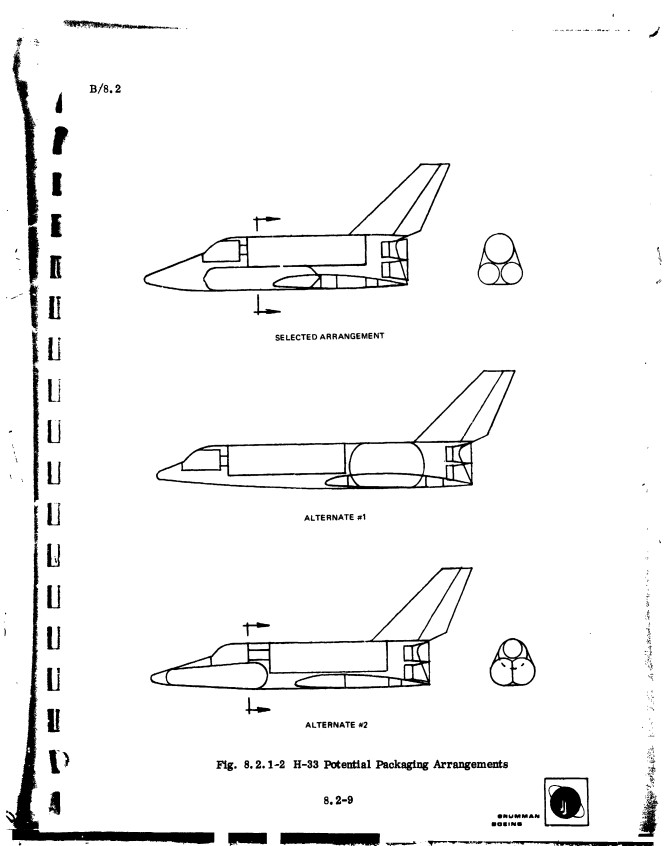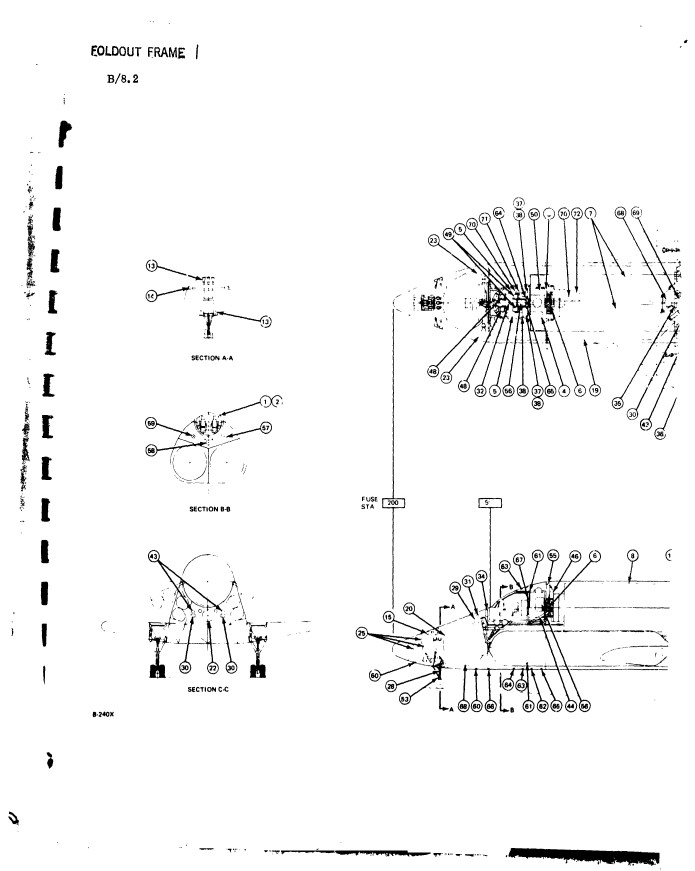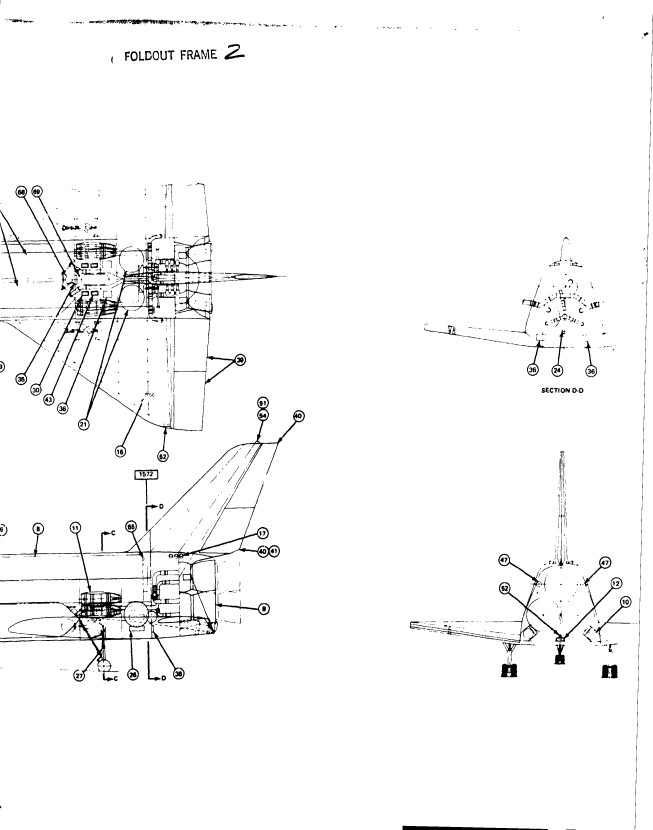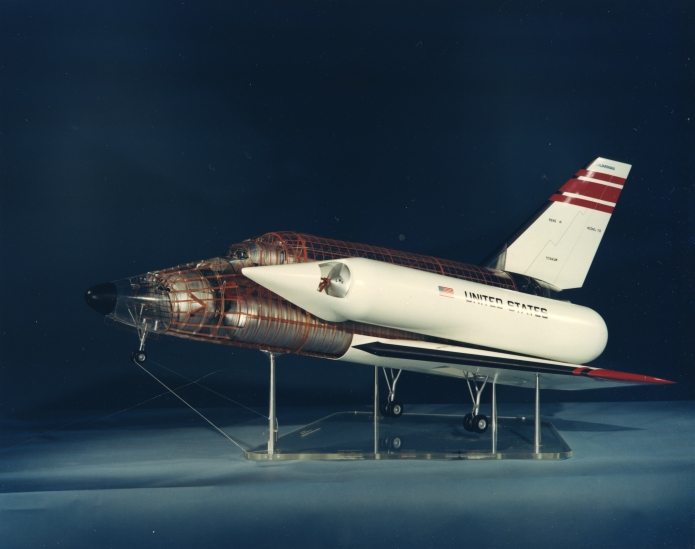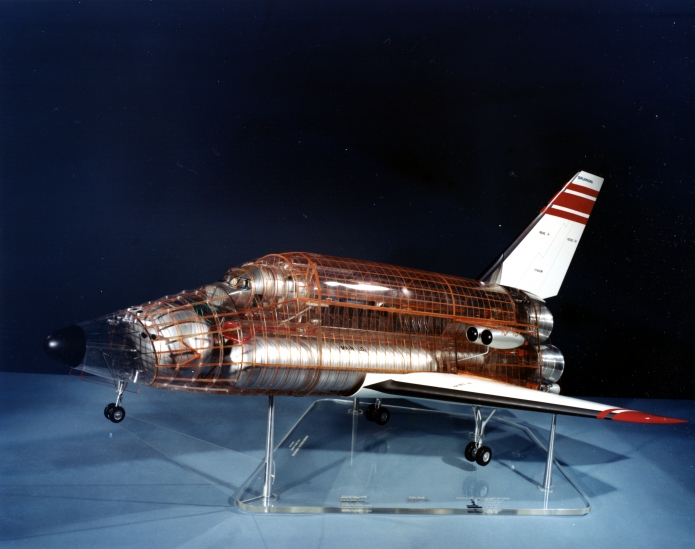Russia claims new Mach 4+ MiG-41 Interceptor will be able to operate in space
No actual details.
An aircraft capable of Mach 4+? Sure, I suppose. Seems an odd thing to develop these days. Those sort of speed were an aviation fetish in the 50’s and 60’s, but there really isn’t a whole lot of need to go that fast and the penalties for doing so are *harsh.*
Operating in space? Meh. Might be a translation error or a simple misunderstanding. An aircraft capable of going that fast could potentially pop above the sensible atmosphere, perhaps like the X-15. So it would be in space, but nowhere near orbit (which would require Mach 25, not merely Mach 4). if it did so, it would need to have some ability to control its attitude, presumably with attitude control thrusters.
Or it could be BS. That would be entirely unsurprising.
